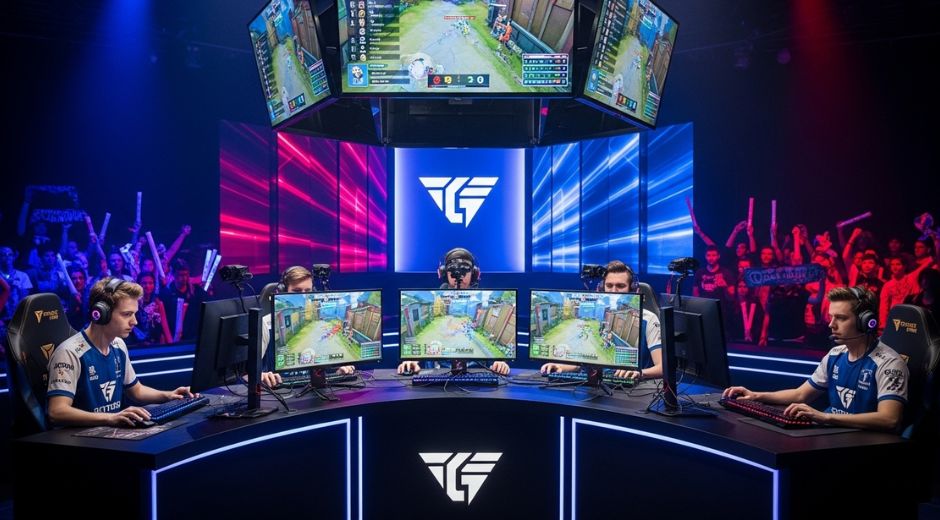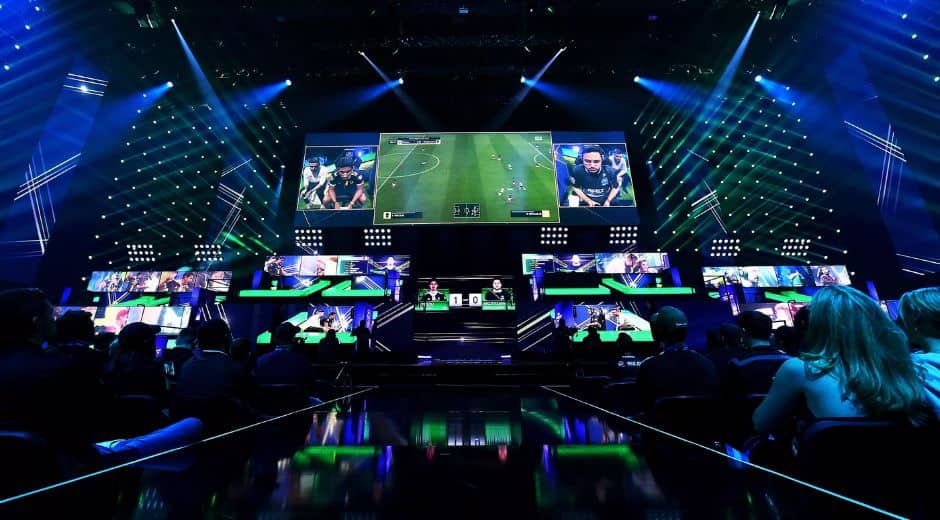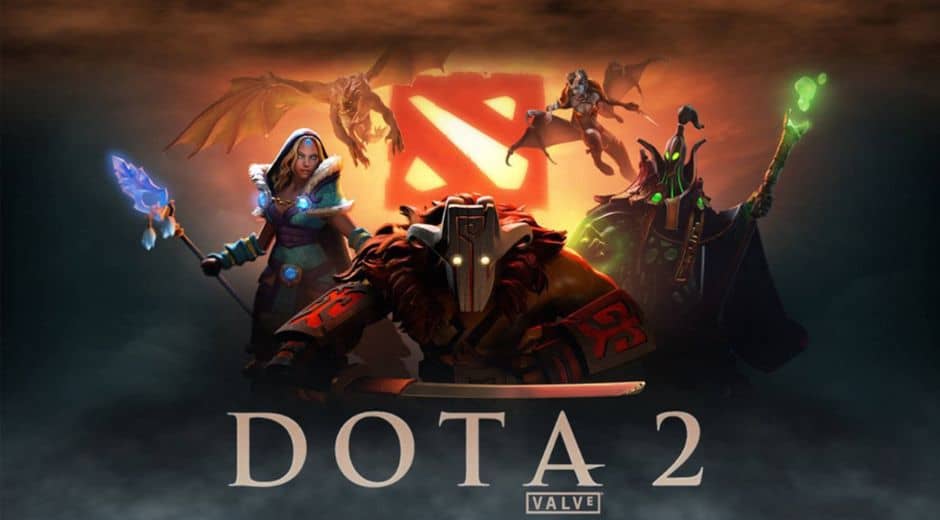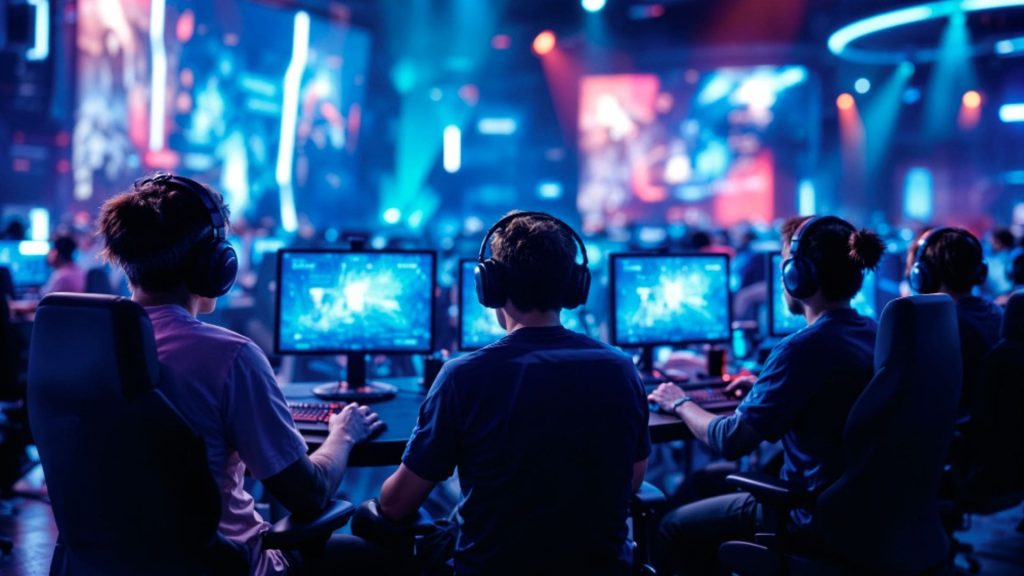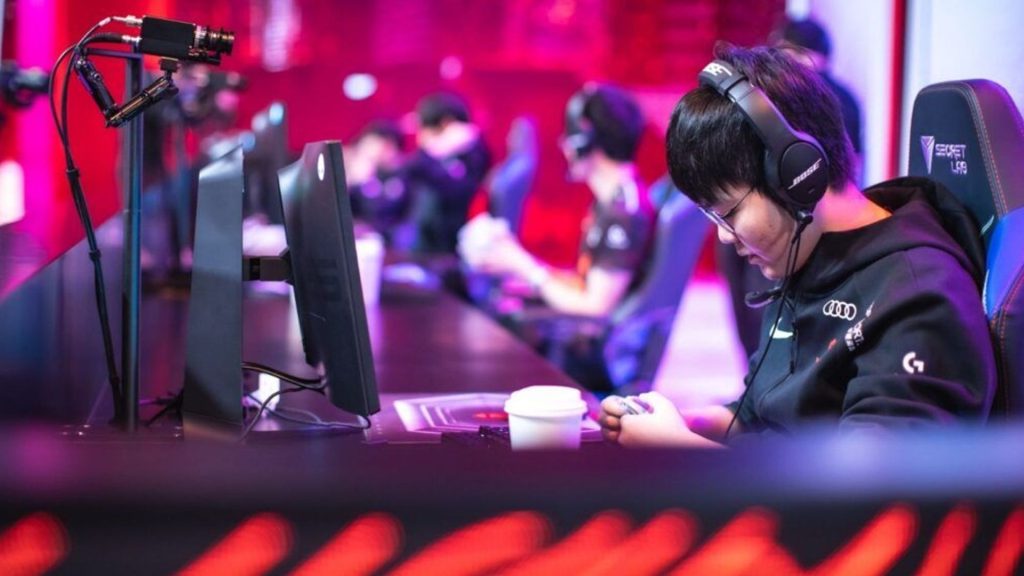Next-Gen E-sports: Technology Driving Competitive Success
Next-Gen E-sports: Technology Driving Competitive Success
The world of competitive gaming is evolving faster than ever. From local tournaments to international championships, the rise of Next-Gen E-sports marks a turning point in how players compete, train, and perform. Fueled by powerful hardware, AI analytics, and digital innovation, modern gaming is no longer about reaction speed alone — it’s about data, precision, and adaptability.
In this new era, technology is the equalizer. Whether it’s real-time performance tracking, ergonomic gear, or ultra-low-latency systems, Next-Gen tools are giving players the edge needed to transform skill into success.
The Rise of the Next-Gen Competitive Era
Over the past decade, E-sports has grown from niche entertainment into a billion-dollar global industry. But 2025 represents the dawn of something different — a Next-Gen ecosystem where technology shapes every aspect of competition.
High-definition displays, lightning-fast processors, and immersive sound environments allow players to execute strategies with surgical precision. Gaming is no longer just about fun; it’s about performance optimization, much like traditional sports science.
Teams are beginning to integrate data analysts, psychologists, and AI assistants into their structure. The result? Next-Gen E-sports organizations that operate like Formula 1 racing teams — every micro-second, every pixel, every click is measured and refined.
Cutting-Edge Hardware and Performance Tools
Hardware lies at the heart of Next-Gen E-sports. Equipment must deliver both stability and responsiveness to meet professional demands. Brands like ASUS have set new standards with ultra-high-refresh-rate monitors, adaptive cooling systems, and GPU technologies that eliminate lag and frame loss during high-intensity matches.
Top players now rely on sensors and smart peripherals to track hand motion, aim precision, and fatigue levels. The introduction of customizable keyboards and pressure-sensitive controllers reflects how Next-Gen design adapts to individual playstyles.
Moreover, advanced network setups guarantee stable connectivity even under peak loads — essential for global tournaments hosted online. The technological infrastructure behind Next-Gen competition ensures that outcomes depend solely on player skill, not latency.
Artificial Intelligence and Data Analytics
The strategic side of E-sports has also transformed thanks to AI. Next-Gen software can analyze gameplay patterns in real time, revealing tendencies, weaknesses, and optimal strategies.
Teams now employ AI tools to simulate opponents’ tactics before major events. By processing thousands of match replays, machine-learning models predict how rival teams react under pressure. This data-driven preparation is revolutionizing scrim sessions and team coordination.
Even individual training benefits. AI-powered coaches track reaction time, mouse movement, and in-game positioning, then recommend personalized routines. In short, Next-Gen intelligence helps players practice smarter — not longer.
The Human Factor: Balancing Mind and Machine
Despite the technological surge, mental endurance remains crucial. Competitive stress, concentration lapses, and burnout can undermine even the most advanced setups.
According to experts featured on Body Wellness Group, maintaining physical and psychological balance is essential for high-pressure environments like Next-Gen E-sports. Breathing techniques, posture exercises, and mindfulness routines now complement mechanical training.
Teams are investing in wellness programs that focus on nutrition, rest cycles, and ergonomic gear to prevent repetitive-strain injuries. The result is a new generation of athletes who treat gaming as a holistic performance discipline — body and mind working in perfect sync.
Virtual Reality and Simulation in Training
VR and simulation tools have become integral to Next-Gen training regimes. They allow players to replicate competition conditions without leaving the practice room.
For example, virtual arenas help players adapt to lighting conditions, sound distractions, and spatial awareness, creating an environment identical to live events. Such tools enhance confidence, precision, and reaction consistency.
Beyond player improvement, these systems also elevate fan engagement. Spectators can experience matches from a player’s point of view through VR streams — a new layer of Next-Gen immersion that blurs the line between player and audience.
Sustainable Growth and Infrastructure
E-sports arenas and gaming hubs are becoming smarter and greener. As part of the Next-Gen movement, sustainability is now a performance factor. Energy-efficient systems, adaptive lighting, and modular hardware design reduce waste and power consumption.
Brands collaborating with ASUS emphasize recyclable materials and long-life components that align environmental responsibility with competitive excellence. The future of Next-Gen gaming isn’t only about faster frames — it’s about smarter footprints.
The infrastructure supporting tournaments is also evolving. Data centers optimized for gaming traffic minimize delays and improve streaming quality for millions of viewers worldwide. Every spectator, whether in Seoul or São Paulo, experiences the same real-time thrill.
The Economics of Next-Gen E-sports
With sponsorships, broadcasting rights, and franchise investments on the rise, Next-Gen E-sports now rivals traditional sports in profitability.
Organizations manage massive revenue streams, brand partnerships, and merchandising ecosystems. Strategic collaborations with tech giants drive innovation while ensuring steady financial growth.
Platforms like GamingNewsHead continue to analyze how digital entertainment intersects with business, highlighting how Next-Gen E-sports defines new standards for media monetization and audience engagement.
The global appeal of tournaments such as Valorant Champions Tour or League of Legends Worlds shows that competitive gaming has matured into a sustainable industry, combining entertainment with enterprise.
Global Connectivity and Community
The Next-Gen era is not only technical — it’s social. Cross-platform integration allows players on different devices to compete seamlessly, while language-translation AI fosters international teamwork.
Communities form around shared goals, transcending geography and culture. Fans engage directly with athletes via streaming platforms, creating a feedback loop that strengthens loyalty and identity.
These interactions demonstrate that Next-Gen E-sports isn’t confined to screens; it’s a global culture built on collaboration and innovation.
The Future of Competitive Gaming
Looking ahead, Next-Gen E-sports will continue to merge advanced technology with human creativity. Neural feedback devices, predictive analytics, and immersive viewing formats are already on the horizon.
Developers are experimenting with bio-responsive gameplay — where heart rate, eye movement, or emotional state influences in-game dynamics. The boundary between player and platform continues to dissolve.
But success in Next-Gen competition will always depend on mastery, teamwork, and mental resilience. Technology enhances, but humanity defines victory.
Conclusion
The rise of Next-Gen E-sports represents more than progress; it’s a transformation. As innovation drives performance, gaming evolves into a balanced ecosystem of science, art, and strategy.
With the combined power of ASUS, Body Wellness Group, and analytical platforms like GamingNewsHead, the industry continues to push limits — redefining what’s possible for players and fans alike.
In the end, Next-Gen E-sports is about connection, excellence, and evolution — a testament to how technology and human ambition create a new form of competition that’s truly global.
Gaming Made Simple

The Best Gaming Monitors of 2025 for Every Type of Player
Discover the best gaming monitors of 2025, offering top refresh rates, sharp visuals, and advanced features for all gaming styles.

The Rise of Wireless Controllers in Modern Gaming
Discover why wireless controllers have become essential in modern gaming, offering precision, comfort, and improved connectivity for all players.

How Pro Players Redefine Competitive Gaming in 2025
Learn how pro players reshape esports in 2025 through advanced training methods, team strategies, discipline, and new competitive technologies.
